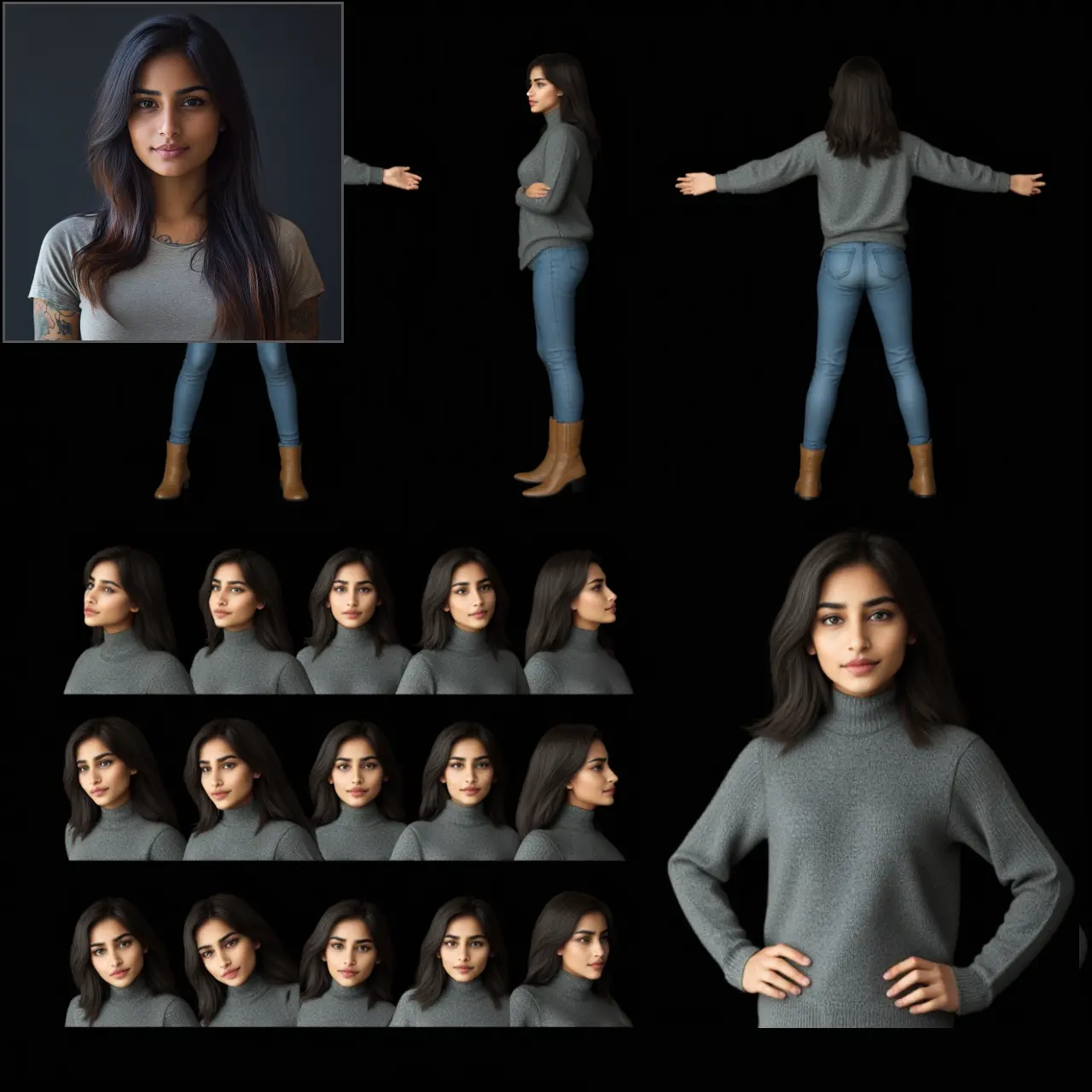ComfyUI Node: CompileAndQuantizeModel
CompileAndQuantizeModel
CategoryLightning
shenduldh (Account age: 2440days) Extension
ComfyUI-Lightning Latest Updated
2025-03-13 Github Stars
0.2K
How to Install ComfyUI-Lightning
Install this extension via the ComfyUI Manager by searching for ComfyUI-Lightning- 1. Click the Manager button in the main menu
- 2. Select Custom Nodes Manager button
- 3. Enter ComfyUI-Lightning in the search bar
Visit ComfyUI Online for ready-to-use ComfyUI environment
- Free trial available
- 16GB VRAM to 80GB VRAM GPU machines
- 400+ preloaded models/nodes
- Freedom to upload custom models/nodes
- 200+ ready-to-run workflows
- 100% private workspace with up to 200GB storage
- Dedicated Support
CompileAndQuantizeModel Description
Enhance ML model performance by compiling and quantizing for efficiency and speed, optimizing for deployment on resource-constrained devices.
CompileAndQuantizeModel:
The CompileAndQuantizeModel node is designed to enhance the performance of machine learning models by compiling and quantizing them. This process involves optimizing the model for faster execution and reducing its size without significantly affecting its accuracy. The node achieves this by converting the model's weights to a lower precision format, such as int8 or float8, and compiling the model to improve its execution speed. This is particularly beneficial for deploying models on devices with limited computational resources, as it allows for efficient use of memory and processing power. The node's primary goal is to streamline the model's performance while maintaining its effectiveness, making it a valuable tool for AI artists looking to optimize their models for real-time applications or deployment on edge devices.
CompileAndQuantizeModel Input Parameters:
model
The model parameter represents the machine learning model that you wish to compile and quantize. It is crucial as it serves as the primary subject of the optimization process. The model should be compatible with the node's operations, and its structure will be preserved while its execution is optimized. There are no specific minimum or maximum values for this parameter, but it should be a valid model object.
vae
The vae parameter stands for Variational Autoencoder, which is a component of the model that may also undergo quantization. This parameter is important for models that include a VAE, as it ensures that the entire model, including its generative components, is optimized. Like the model parameter, it should be a valid VAE object.
do_compile
The do_compile parameter is a boolean flag that determines whether the model should be compiled. When set to True, the node will perform compilation, which can enhance the model's execution speed. This parameter is crucial for users who want to leverage the benefits of model compilation.
dynamic
The dynamic parameter is a boolean flag that indicates whether dynamic compilation should be used. Dynamic compilation can be beneficial for models that require flexibility in execution, but it may introduce additional overhead. This parameter allows users to choose between static and dynamic compilation based on their specific needs.
fullgraph
The fullgraph parameter is a boolean flag that specifies whether the entire computation graph should be compiled. Enabling this option can lead to more comprehensive optimization but may require more memory. Users should consider their available resources when setting this parameter.
backend
The backend parameter specifies the compilation backend to be used, such as "inductor" or "cudagraphs". This parameter is important as it determines the underlying technology used for compilation, which can affect the model's performance and compatibility with different hardware.
CompileAndQuantizeModel Output Parameters:
model
The output model is the compiled and quantized version of the input model. This optimized model is designed to execute more efficiently, making it suitable for deployment in environments with limited resources. The output model retains the original model's functionality while benefiting from reduced size and improved speed.
vae
The output vae is the compiled and quantized version of the input VAE, if applicable. This ensures that the generative components of the model are also optimized, providing a complete solution for models that include a VAE. The output VAE maintains its original capabilities while being more resource-efficient.
CompileAndQuantizeModel Usage Tips:
- Ensure that your model and VAE are compatible with the node's operations to avoid errors during compilation and quantization.
- Consider the available computational resources when deciding whether to enable fullgraph compilation, as it may require more memory.
- Choose the appropriate backend for your specific hardware to maximize the performance benefits of the compiled model.
CompileAndQuantizeModel Common Errors and Solutions:
"Model is not compatible with compilation"
- Explanation: This error occurs when the input model does not support the operations required for compilation.
- Solution: Verify that your model is compatible with the node's requirements and consider modifying it to support compilation.
"Insufficient memory for fullgraph compilation"
- Explanation: This error indicates that there is not enough memory available to compile the entire computation graph.
- Solution: Disable the fullgraph option or increase the available memory to resolve this issue.
"Invalid backend specified"
- Explanation: This error arises when an unsupported backend is specified for compilation.
- Solution: Ensure that the backend parameter is set to a valid option, such as "inductor" or "cudagraphs".
CompileAndQuantizeModel Related Nodes
RunComfy is the premier ComfyUI platform, offering ComfyUI online environment and services, along with ComfyUI workflows featuring stunning visuals. RunComfy also provides AI Playground, enabling artists to harness the latest AI tools to create incredible art.




